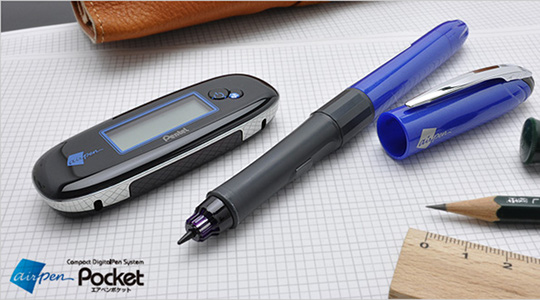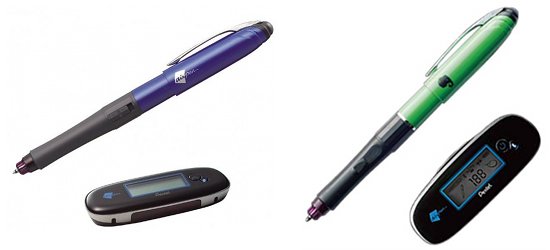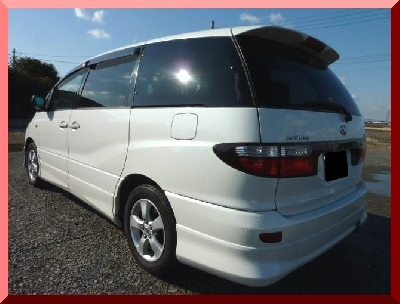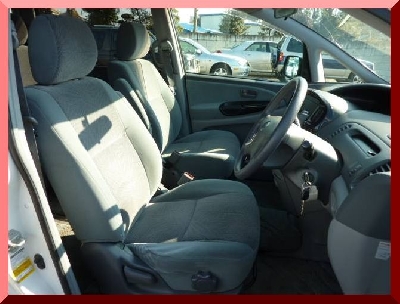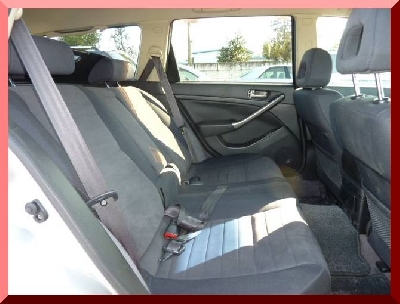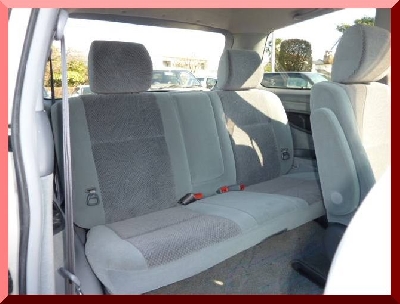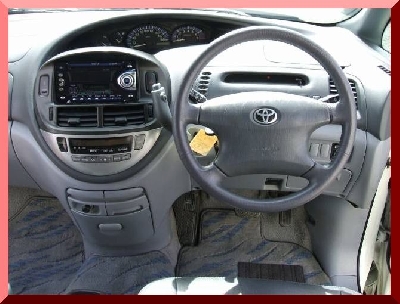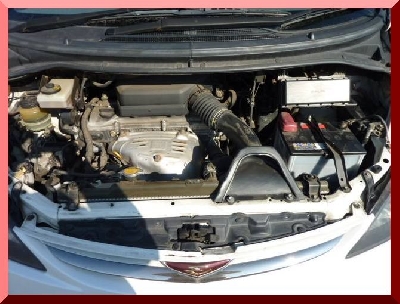Here is the video as your guide in buying best car.
here is the performance video. now you can decide which car you
want to buy if you have such road going to you place or going
to the place of your aim for hung out..
TOSHI
+81-50-5539-9816
toshi@prosperjp.com
http://www.prosperjp.com/stock/TOYOTA/RAV4/031624/

Find ing Japanese Used Cars? The Trade rs of Car to View and Auto Rec ooling vehicles?
We are just here, Being straight Forward to serve you. 24 Hours Every day.
